If you have more than one child, you probably have come to the realization that sitting next to your child and directing their learning every single step of the way is not feasible (who has that many hours in the day?). Not only is it not feasible, you wouldn’t want to do it even if you could.
It is not an exaggeration to say the #1 goal of homeschooling is fostering independent learners.
Of course, in one sense, there are much higher goals in education: godliness, intelligence, character, creativity, wisdom, etc. Indeed, these are goals of life—and since education is a lifelong process, they are big goals of education as well.
But as far as the process of homeschooling is concerned, our #1 goal is not to merely teach children about these things but to train children to take charge of their own learning. That is independent learning.
But what does independent learning look like and (most importantly) how do we do this well?
What Independent Learning IS and IS NOT
Independent learning is not…
- your student doing absolutely everything on their own without supervision
- your student learning without an instructor or curriculum
- your student never asking questions
- your student using a one-size-fits-all path
So what is independent learning? Independent learning is, at its finest, when a student has both the self-motivation and the skills to pursue their own studies.
Independent Learning is a Process
Independent learning won’t come overnight. These skills take time to develop, and some children are more naturally inclined than others. Some children thrive as independent learners from an early age. Other children need more guidance.
Don’t think of independent learning as a subject you teach. Think of it more like a cluster of character traits and academic skills that you help your child develop over time.
8 Practical Strategies for Independence
Because independent learning develops over time, homeschooling parents need to have long-haul mentalities about it—while using simple steps and practical strategies to nurture their children along the way.
1. Lay a strong foundation.
In core subjects, it is vital to use the early elementary years to lay a strong foundation of understanding: reading skills, counting and number basics, and developing language skills through rote memory. After you’ve laid this foundation, you can slowly start to train more learning independence. Don’t push total independence too early.
2. Take it step-by-step.
Begin independent learning with subjects they enjoy and feel confident about. Start by sitting with them as they complete their assignments – you can even catch up on email or balancing your checkbook while they’re working. Just your presence will help keep them on task.
After several weeks or months of this, once you trust they are able to stay focused, move somewhere else while they work and check in on them periodically until they’ve proven they can stay on task.
3. Choose a curriculum that fits your child—and challenges them.
If you’ve done enough foundation-laying and enough sitting near your child while they work, you’ll be able to tell when a certain curriculum, book, or guide is not helping them. Choose something else.
I know, it’s hard (financially and emotionally) to part with a curriculum you thought was going to work, but don’t stick with curriculum just because you feel a need to finish the book.
I learned this the hard way. I tried making my second son use all the same curriculum I used for my first son, but our homeschool days included way too many tears. I’ve had to buy nearly all new curriculum for my second son because he and my first son have drastically different learning styles.
Still, don’t simply choose something else that is “easy.” The curriculum you choose needs to push them so they have a struggle a bit through it, but still needs to be appropriate for their learning style and personality.
4. Do the worst subjects first.
Or as I like to tell my oldest son, “Eat your frog.” This little saying comes from Mark Twain who famously said that if you eat a live frog first thing every morning, you’ll know the worst is behind you. 🙂
If your kids get the hardest subjects, the subjects they least like, out of the way first thing in the morning the rest of their day will go much more smoothly. They won’t be sitting around dreading that one thing and dragging their feet.
5. Use a timer.
When you believe your child can work independently but they seem unmotivated, pick a day to do a typical assignment alongside them. Complete the same work they are doing right alongside them. Time yourself. Tell your child, “Look! It only took us ____ minutes to complete that. Tomorrow, we’ll see how fast you can do it.”
The next day (or several days later), set the timer for twice as long as it took you to complete the assignment with them the day before. This gives them some wiggle room. Then give them their assignment and walk away. This will push kids to stay focused.
This strategy isn’t just good for those beginning independent learners, but can work with older kids too. Just this year, my son has become increasingly frustrated (and lacked focus) with Algebra 1. I’ve spent some time sitting and working with him doing the problems right beside him. It’s amazing how quickly he can get through the problems with mom sitting beside him doing the work too. The little extra work on my part now, will pay off big in the future. And as a side benefit I get to brush up on my Algebra skills. 😉
6. Develop a written accountability system.
Kids need some kind of organization system to keep them on track (like we all do). Write down (or have them write down) what you expect of them each day. For some kids, this is highly motivating. Our second-born son loves checklists (like his mother), and is very driven to complete his tasks and check them off each day.
I plan my kids’ weeks out using a schedule like the one above with the days across the top and subjects across the side. (Fill out the form below to download this editable PDF to use for planning your school day. You can change the name, dates, and subjects in the PDF documents to fit your needs.)
If you have an older student with a more erratic schedule, maybe due to sports or work, you can adapt this. Our oldest son plays basketball and because it’s a homeschool team they schedule their practices right smack dab in the middle of the school day. You can imagine how this throws his schedule off kilter. On days without practice he’s able to get a lot more work done.
For his checklist, I simply write down how much he needs to get done that week – 4 math lessons, 3 Omnibus primary lessons, 5 Omnibus Secondary lesson, all co-op homework, etc. I check on him periodically throughout the week to make sure he is making good progress. Because we’ve developed good independent learning habits throughout his younger years, this system works well for him now that he’s older and needs more flexibility in his schedule.
7. Be their rescuer less and less.
When a child is very young and doesn’t understand a math problem, it makes sense to read through the lesson with them and guide them along. But as they get older, instead of always coming their aid, start replying, “If you can’t figure out the problem, you’ll need to keep studying.”
This strategy forces them back into the lesson to re-read it, or even find other sources (like other books or online tutorials) to help them understand the concept in a different way. Only help when you are sure your child has exhausted his or her own resources. (This is not the same thing is being aloof or disinterested in their schooling. Take their questions seriously and encourage them.)
8. Expose your kids to great teachers (even through video)
Homeschooling is all about educational freedom, so use that freedom to choose great video curriculum that exposes your kids to world-class lecturers who love what they teach. This not only helps your child be independent from you (and gives you a break), but it trains them to use technology to pursue deeper learning.
This is one strategy we frequently use that has been very enjoyable to our kids and helped give them a love of the subjects their learning. When you find a knowledgeable instructor who is passionate about what they’re teaching, the excitement is contagious. Some of the video curriculum we’ve used and love includes…
Veritas Press self-paced online courses: We’ve use their elementary level history and Bible curriculum as well as their upper level Omnibus curriculum. We have nothing but positive things to say about it! While the curriculum is challenging, they’re also always our kids favorite classes.
Compass Classroom: You can purchase either streaming access or the videos to their curriculum. We’ve used several of their curricula and have loved everything we’ve used. Read our reviews of some of their curriculum – Visual Latin, Economics for Everybody, Homeschooling Made Simple, and Dave Raymond’s Modernity.
Journey Homeschool Academy: These courses are from yours truly. #ShamelessPlug.
- If you want an elementary science course that feeds your young students’ appetite for knowledge and gets them excited about learning science — we have courses they’ll love!
- If you want a middle school course that will encourage natural growing independence giving your students both practical application and a hands-on experience — we have a course for you!
- And if you’re overwhelmed with the thought of tackling high school science, if you want a robust course that will encourage independent thinking and be thoroughly engaging — we’ve got you covered!
Explore all of the courses from Journey Homeschool Academy!
A Love of Learning
French poet, Antoine de Saint-Exupéry, once said, “If you want to build a ship, don’t drum up people to collect wood and don’t assign them tasks and work, but rather teach them to long for the endless immensity of the sea.”
If we want to train our kids to be lifelong learners, we don’t just want to assign them tasks. We must inspire them to love learning, to long for the endless immensity of knowledge at their fingertips.

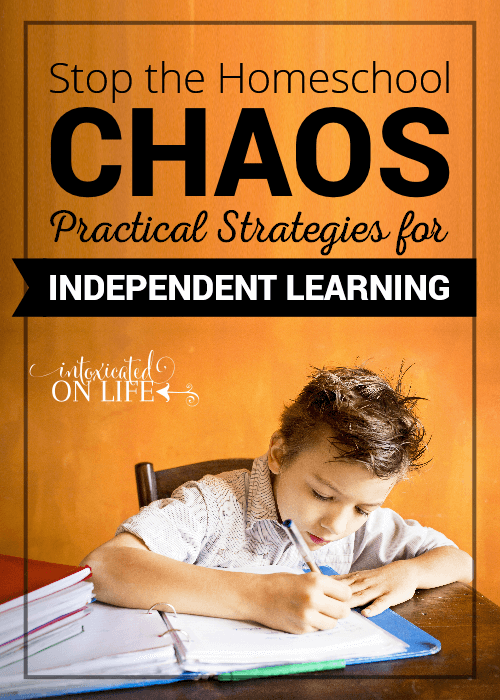

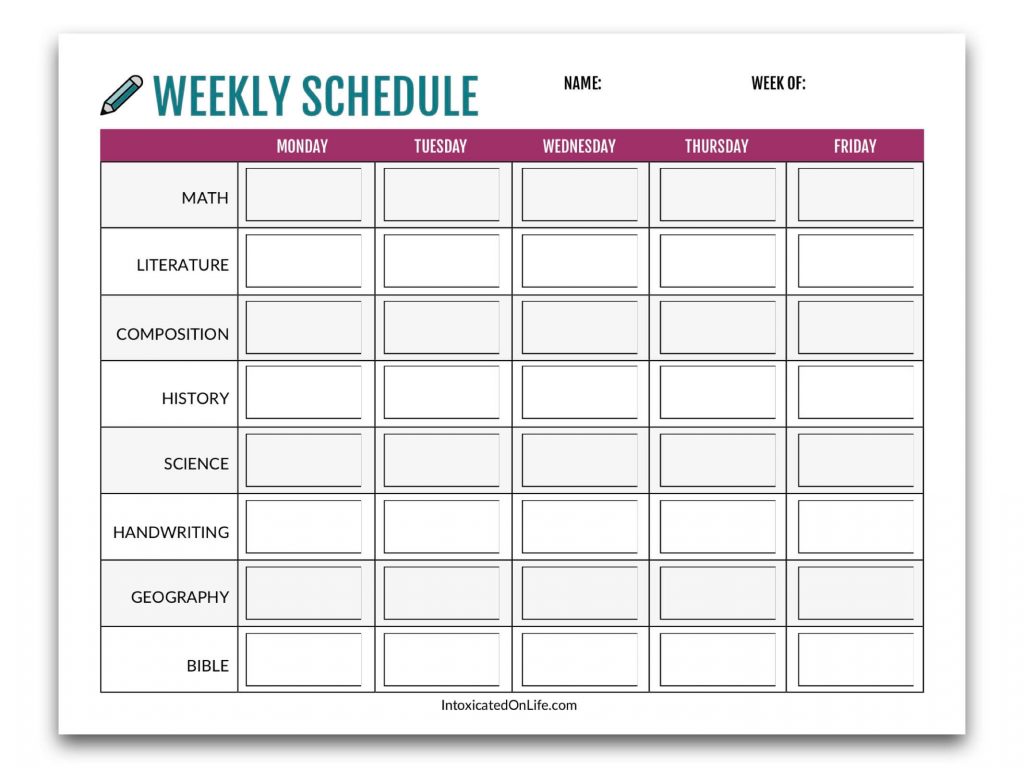









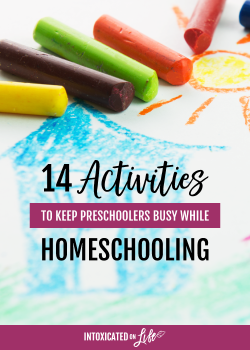

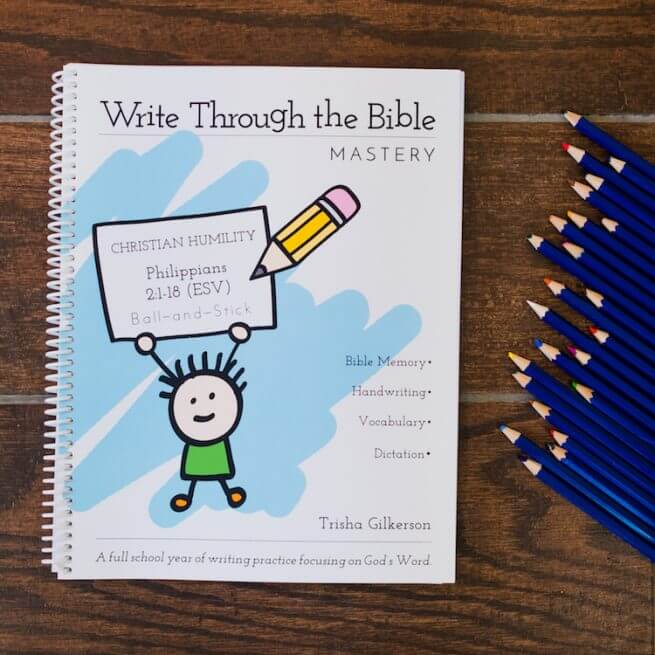
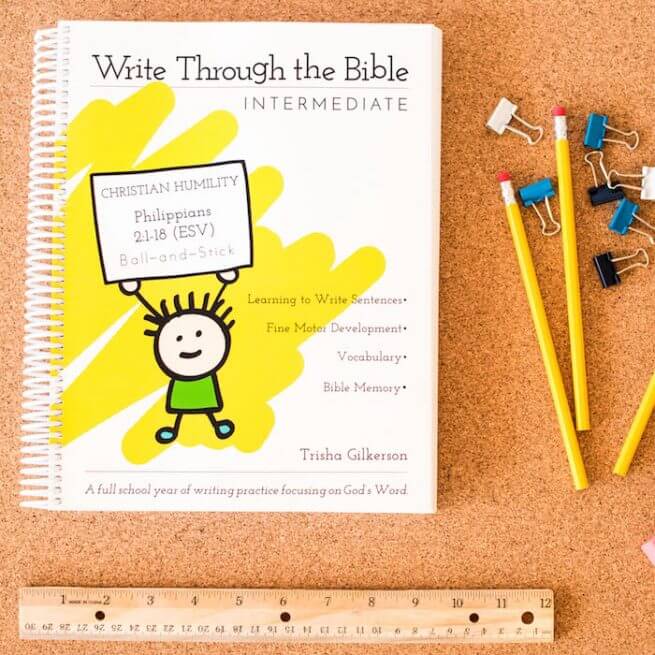



Great post! I realize that I didn’t teach my daughter to be an independent learner and I am paying for it now that she’s in high school. I am working toward this with my sons who are 5 + years behind her. What I really need to know is how to “inspire them to love learning, to long for the endless immensity of knowledge at their fingertips.” Do you have a post on that? Lol
THAT is another question altogether, isn’t it! And a great idea for a post, yet sadly not one that I’ve yet written. I’ll be sure to put it on the list 🙂
Eat your frog! I love it!! I need that, too, ha! This post is so helpful – even to a beginning homeschool mama like me. 🙂
Yes, there’s a lot even us adults can get from that saying! 🙂 I’m so glad you found these strategies helpful Jennifer. The older the kids get and more independent, the easier homeschooling gets (in my experience anyhow!)
I LOVE the “eat your frog” analogy! I am definitely going to start using this phrase with my 12 year old daughter. We have been working on this concept with math…she doesn’t hate it but she is slow and it takes her a long time to finish the required work. This year has been about teaching her to get the harder subjects out of the way early in the day so they aren’t looming over her and making her dread the afternoon hours. I have 4 kids and have home schooled all 4 from preschool on. Independent learning was a concept I latched onto early in our schooling years. It’s the only way I was able to maintain any semblance of sanity over these home schooling years! When they were young, we all worked at the kitchen table. I was present to teach new concepts to the younger ones and help guide the ones who were able to start working on their own. I could divide my attention between all of them as they needed me. As they got old enough, each child got a desk in their room where they were allowed to work as long as they could consistently stay on task. For new concepts, I would go through the teaching portion of the lesson with them, making sure they understood it. Then they would head to their rooms to complete the independent work. It was a great system for us, with a few hitches along the way, of course, but it worked and taught my kids how to be more successful once they started reaching their college years.
I’m a public school teacher taking a “sabbatical” to stay home with our kids. I’m going to do the previously unthinkable: homeschooling. I enjoyed the cross-section of resources and strategies here. Many of them are considered part of the cutting edge of the newest “big idea” in public education: “personalization.” While that can be done with some success in a large classroom, I’m excited to try it with a much smaller group of kids at home. 🙂
Please some curriculum ideas where the kids are more independent and not watching a lot of videos. Thank you!!
Some curricula that can be done independently are Alpha and Omega LifePacs, Christian Light Education, Masterbooks, and Apologia.
I appreciate your insights as a fellow home schooling mama. Even after (gulp!) 21 years of home schooling, I still love learning with my kids each and every year. Developing a love for learning has been our life-long lesson. Growing closer as a family has been a tremendous benefit. Placing God in the center of everything (we try, anyway) is the best part of what we do, day in and day out! Congratulations to you for what you’ve done with your six children and for what you share with others.